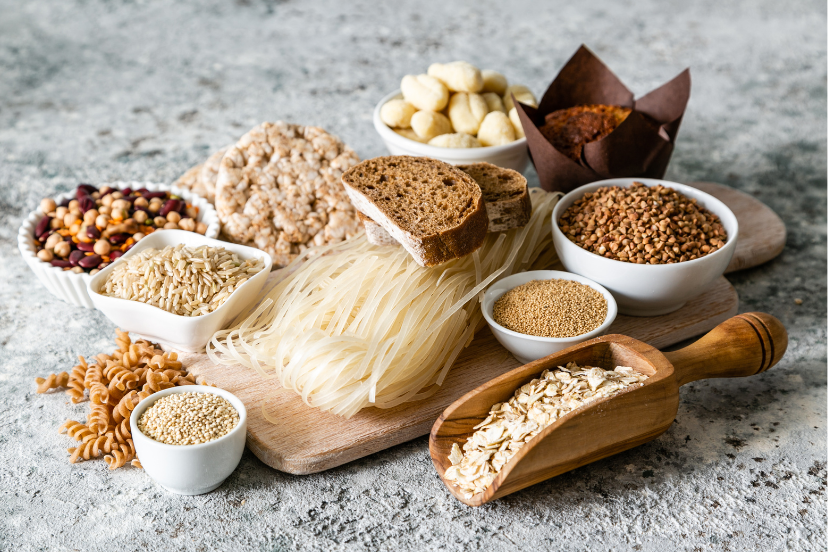Understanding Gluten Intolerance by Country: A Global Perspective
Introduction
Gluten intolerance, a condition affecting millions worldwide, varies significantly across countries due to cultural, dietary, and genetic factors. Understanding how gluten intolerance manifests in different regions is crucial for individuals navigating dietary restrictions and healthcare providers offering support and treatment options.
Gluten Intolerance by Country
Gluten intolerance, also known as celiac disease or non-celiac gluten sensitivity, manifests differently around the world. Here, we explore its prevalence, awareness, and dietary landscapes across various countries.
United States: Navigating the Gluten-Free Trend
In the United States, gluten intolerance awareness has surged alongside the popularity of gluten-free diets. With a plethora of gluten-free options available, Americans with gluten intolerance have greater accessibility to suitable food choices.
Italy: The Heart of Gluten-Free Cuisine
In Italy, where pasta and bread are culinary staples, gluten intolerance awareness is rising steadily. Traditional Italian cuisine adapts easily to gluten-free alternatives, making dining out a more inclusive experience.
Australia: Embracing Gluten-Free Living
Australia boasts a strong gluten-free community and an abundance of gluten-free products on supermarket shelves. With heightened awareness and support networks, Australians with gluten intolerance find it easier to manage their condition.
India: Exploring Gluten-Free Traditions
In India, where wheat is a dietary staple, gluten intolerance awareness is gradually increasing. Despite challenges, traditional Indian cuisine offers many naturally gluten-free options, fostering a growing acceptance of gluten-free living.
Sweden: Pioneering Gluten Intolerance Research
With one of the highest rates of celiac disease in the world, Sweden leads in gluten intolerance research and treatment. The Swedish healthcare system provides comprehensive support for individuals with gluten intolerance, emphasizing early diagnosis and management.
Japan: Unraveling the Gluten Mystery
In Japan, where rice is the primary grain, gluten intolerance awareness is relatively low. However, with globalization and increased Western influence, awareness and diagnosis rates are slowly rising.
FAQs: Addressing Common Concerns
Let’s address some common questions about gluten intolerance by country:
Q1: Is gluten intolerance more prevalent in certain countries?
A: Yes, prevalence rates vary across countries due to genetic and environmental factors.
Q2: How does cultural cuisine influence gluten intolerance awareness?
A: Cultural dietary habits can impact awareness and acceptance of gluten-free living in different countries.
Q3: Are there specific challenges for individuals with gluten intolerance in certain regions?
A: Yes, access to gluten-free options, awareness levels, and healthcare support vary by country.
Q4: Which countries have the highest rates of celiac disease?
A: Sweden, Finland, and other European countries have higher rates of celiac disease compared to other regions.
Q5: How do dietary traditions affect gluten intolerance management?
A: Countries with traditional diets rich in gluten-containing grains may face more challenges in adapting to gluten-free living.
Q6: Are there global initiatives to improve gluten intolerance awareness and support?
A: Yes, organizations and advocacy groups work to raise awareness and improve support for individuals with gluten intolerance worldwide.
Conclusion
Gluten intolerance is a global health concern that manifests differently in various countries. By understanding the cultural, dietary, and healthcare landscapes of different regions, individuals with gluten intolerance can better navigate their condition and access appropriate support and resources. As awareness grows and research advances, the journey towards gluten-free living becomes more inclusive and manageable for individuals worldwide.




